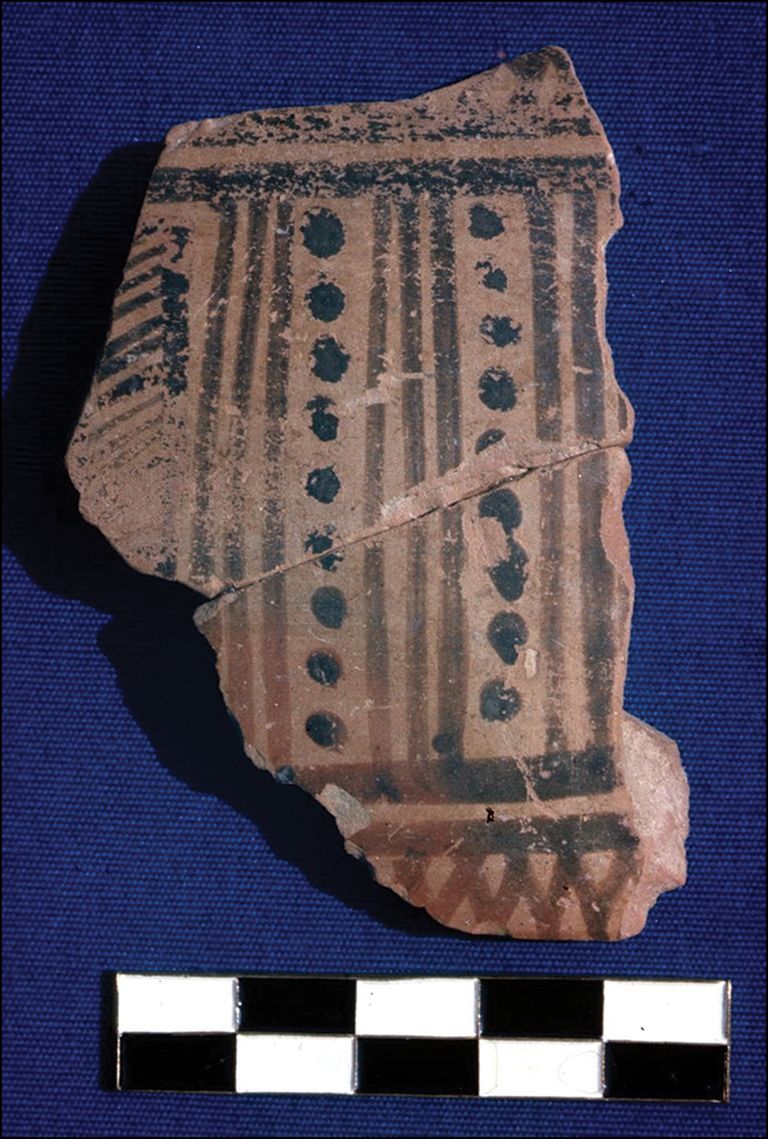It's #DolphinDay so of course we have to share this amazing Roman mosaic of Cupid riding a dolphin from Fishbourne @romanpalace
📷 by Tony Hisgett / CC BY 2.0
📷 by Tony Hisgett / CC BY 2.0

The palace is the largest residential Roman building discovered in Britain and has a massive number of amazing mosaics to match.
📷: Some of the wide-spanning mosaic floors, by Nigel Richardson / CC BY-SA 2.0
📷: Some of the wide-spanning mosaic floors, by Nigel Richardson / CC BY-SA 2.0

Many of the mosaics - including the delightful dolphin - were discovered during excavations in the 1960s, after a trench for a water-main exposed building material.
🔗 to the excavations being reported in Antiquity (£) doi.org/10.1017/S00035…
📷: One of the mosaics being dug up
🔗 to the excavations being reported in Antiquity (£) doi.org/10.1017/S00035…
📷: One of the mosaics being dug up

📷: Another snapshot of the excavations, revealing both mosaics and parts of the buildings in the North Wing. 

The black and white photos don't quite do the mosaics justice, but the plans produced from these excavations are 😻 



• • •
Missing some Tweet in this thread? You can try to
force a refresh



















